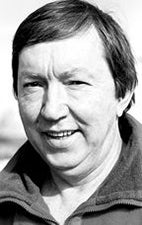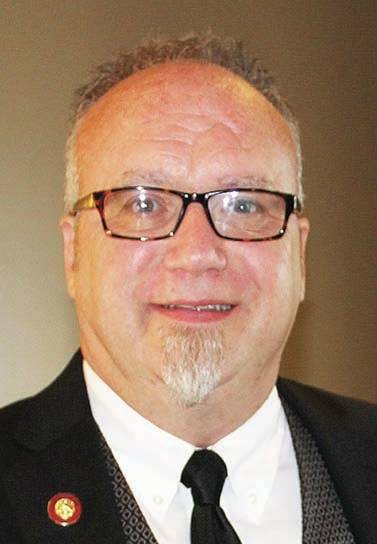Seed saving is something from the past
Published 5:45 am Saturday, October 7, 2017
Saving seeds is not something I’ve seen very many people younger than me, other than my brothers and Laramie Adams there on Blair Branch, do in a long, long time. I’ve recently been posting Facebook photos of at least four heirloom beans I grew this year, and no fewer than a dozen people have asked where I got the seeds. I tell them the whole story is too long but the short version is that I saved them from crops I grew sometime in the past.
At least two young women have told me that they didn’t know you could do that. They honestly thought that they had to run out and buy them. I have no idea how they thought the store bought seeds got made and didn’t bother asking.
In my very earliest years growing up there on Blair Branch, folks saved seed for anything and everything they intended to grow. In those days, raising a vegetable garden was not an option. It was an absolute necessity if you didn’t want to starve to death or had so much money you could buy whatever you wanted. Not a soul on Blair Branch had that kind of money.
By the time I was in grade school, commercial seeds had gained popularity and folks found it far more convenient to shell out a dime for a seed packet than it was to save seed of such things as lettuce, carrots mustard, turnips, radishes and name your favorite salad fixing. But they still saved seeds for most of their main crop beans, potatoes, tomatoes, cucumbers, sweet corn etc.
Ditto for flowers. My mom and most of my aunts saved well over a dozen varieties of flower seeds year in and year out—cosmos, zinnias, marigolds, bachelor buttons, asters, cockscombs, touch-me-nots are just a sample of the ones I recall.
I recall asking a lady how she stored her flower seeds and she told me she put them in “buffalo sacks.”
I couldn’t wait to get home and ask Mom what on earth was a buffalo sack and why she didn’t have some?
Turns out “Buffalo” was the brand name of a smoking tobacco that came packaged in little 2 ounce cloth bags and neither of my parents liked it well enough to smoke it. But she did allow that the little draw-string “pouches” the stuff came in would be “handier than pockets on a shirt” when it came to saving flower seeds.
By the 1970s it was nearly impossible to find most heirloom vegetable seeds on the commercial market. If you were going to grow sweet corn, for example, you had no choice other than purchasing a hybrid. If you didn’t like half runners, Kentucky Wonders, blue lake, and just over a dozen other varieties of green beans you were out of luck unless you had saved your own fall beans, greasy beans or cornfield beans or knew somebody who might share a few seeds.
I’d be willing to bet that I shared Bufford Caudill white fall bean seeds with upwards of 500 readers of this column in the late 1980s. I’d love to hear from anybody still growing them from the seed they originally acquired from me.
Anyway, that’s what I’ve doing over the last week and will continue to do throughout October—saving Babe Beans, Big Johns, Lazy Wife and Red Eye fall bean seeds along with three or four varieties of tomatoes. However, because I am, for all practical purposes, one-handed and because Mr. Parkinson has no interest in such endeavors, I seriously doubt that I’ll have any seed to share with readers this year. It simply takes me hours to perform hand work that I used to be able to do in less than 5 minutes.
However, come next spring, when the ground gets dry enough to plow, I’ll have a much better handle on whether or not Mr. P is going to allow me to tend a garden. If it turns out that I’m unable to do so, I’ll give away the seeds I’m saving then.
In the meantime I’m still a Boy Scout at heart. I aim to “be prepared.”
Reach longtime Enterprise columnist Ike Adams at ikeadams@aol.com or on Facebook or 249 Charlie Brown Road, Paint Lick, KY 40461.






